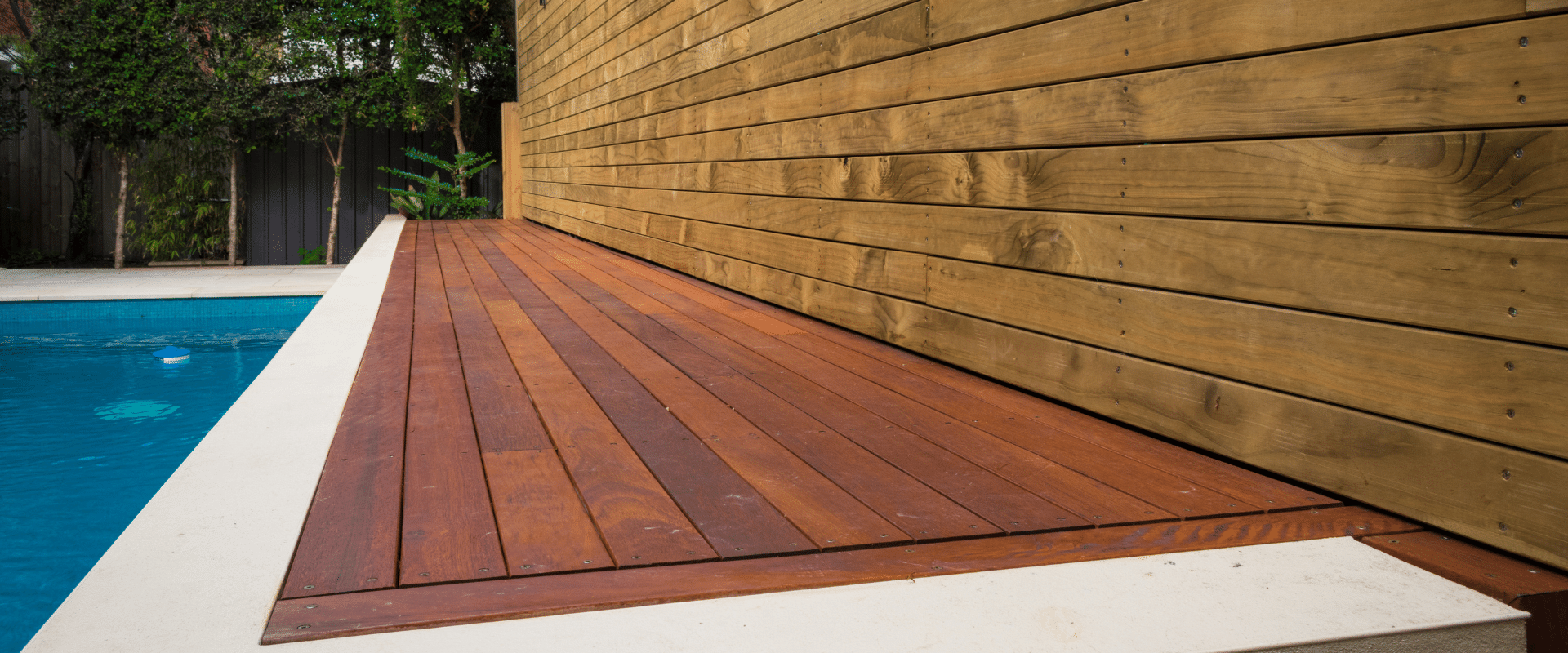Cement Rendering
What is Cement Rendering?
Cement render is made up of three main components:
Lime, Sand and Cement.
- The lime helps the render to avoid cracking when it dries and cures.
- Sand is added to the concrete render when applying the undercoats. A finer sand is usually added when applying the top coats.
- The colour of the finished render is determined by the colour of the cement itself. If a lighter cement is used, the render will be lighter. A tint can be added to the cement at the mixing stage to change the finished colour of the render. You can also wait until the render has dried and apply a coat of paint in any colour you like.
Advantages of Cement Rendering
Cement Render will bring your home to life!
New or old we will transform it!
Cement rendering is a popular finish for homes and other buildings. The 3 main benefits are:
- It comes in a wide range of finishes
- Can be suitable for experienced 'Do It Yourselfers'
- It can be a cost effective solution
Wide range of finishes
Cement render can be painted any colour. The cement can be coloured as it is being mixed or you can paint the finished surface any colour you like. The finished surface of your walls can be a smooth or textured finish, depending on the look and feel you desire.
Cost effective
Concrete render is the most cost-effective rendering option. You can do large areas without breaking your budget.
Suitable for DIY
Concrete render is easier to apply DIY than acrylic render. You need to ensure your walls are properly prepared and the cement is mixed correctly.
However, it's always better to have the professionals at Painting Newcastle do the job for you.
So why are you waiting?
Let us transform your home.
We're Painting Newcastle and we want to render those walls!
Where is Cement Rendering used?
Cement render is mainly done on brickwork.
It is usually applied to the exterior of a home or a boundary wall. Rendering is a good way to protect brickwork from the sun and rain.
Render is usually applied by a method called bagging and troweling. It is then finished with a sponge.
Rendering is a great way to change the appearance of your property, and you can further change the look by painting it any colour you like.
What are the disadvantages of Cement Render?
Cement rendering is an excellent option to improve the look of your building or wall, however there are some things that you have to look out for.
- It is not suitable for all surfaces
- Preparation can be difficult
- Render may be prone to cracking
Not suitable for all surfaces
Although concrete render can be applied to most types of masonry, it is most commonly applied to bricks. Acrylic render is an option which may be used on a wider variety of surfaces.
Preparation can be difficult
Like most things, preparation is the key and is essential for a quality finish. Even if you choose to apply render yourself, you may still need a professional to prepare the outside walls properly. The success of the final rendered finish depends on how well the walls are prepared. It's very important that the render is well mixed at the correct ratio before applying it to your surface.
May be prone to cracking
Concrete rendering can be more prone to cracking over time. It can also show efflorescence, which is staining from the salt coming out of the bricks.
This is why it is best to have your rending job done by a professional
How It Works
1. Contact us
Contact us by phone, email, or via the contact form.
2. Tell us your needs
Describe your project and tell us your budget.
3. We'll prepare an estimate
We'll prepare a plan for you to review and approve.
4. Project starts
Once we've agreed on all the details, we'll get started.
5. On time, every time
Project ends when you're fully satisfied.




